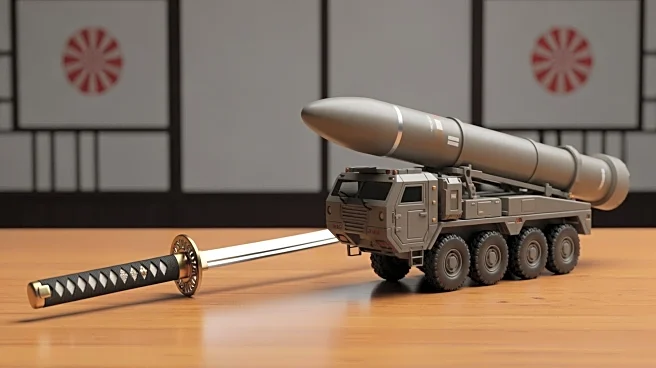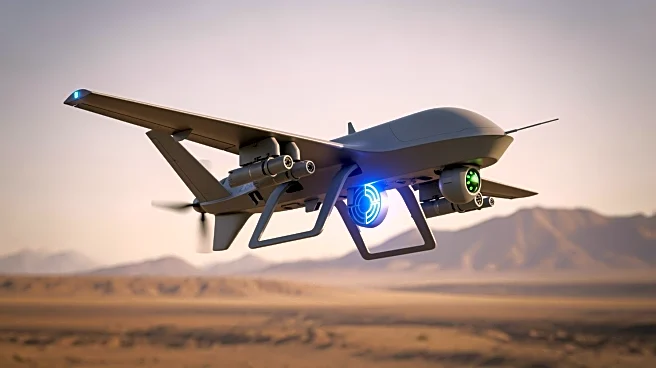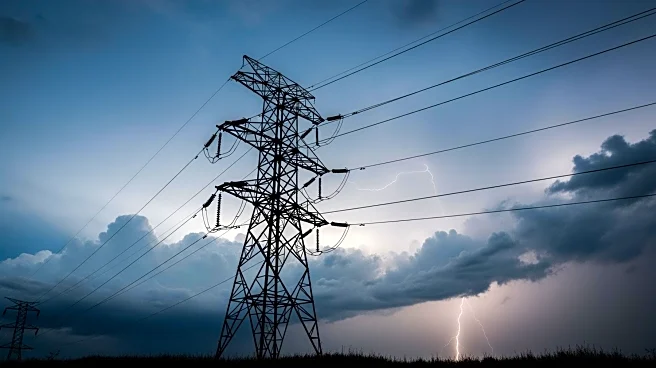What's Happening?
Japan's Ministry of Foreign Affairs has clarified that the deployment of the U.S. Typhon missile system in Japan is not aimed at any specific nation, following Russia's statement that it may take measures
to ensure its security. The Typhon system, capable of launching Tomahawk cruise missiles, was deployed for the Resolute Dragon 25 drill, putting Russia's Far East within range. This deployment comes after the U.S. withdrew from the INF Treaty in 2019, allowing it to develop similar missile systems. Russia has protested the deployment, citing security concerns over its Far Eastern borders.
Why It's Important?
The deployment of the Typhon missile system in Japan represents a shift in regional military dynamics, potentially escalating tensions between the U.S., Japan, and Russia. The system's presence near Russia's borders could lead to increased military posturing and strategic adjustments by Russia. This development highlights the broader implications of the U.S. withdrawal from the INF Treaty and the proliferation of intermediate-range missiles in the region, which could impact regional security and diplomatic relations.
What's Next?
Russia may consider deploying its own INF-range weapons or strengthening its air and missile defenses in response to the Typhon system. However, these measures might be delayed until the conclusion of the ongoing conflict in Ukraine. Japan and the U.S. are likely to continue their military cooperation, while maintaining communication with Russia to manage tensions and prevent escalation.
Beyond the Headlines
The situation underscores the complexities of international military alliances and the challenges of balancing national security interests with diplomatic relations. The deployment of advanced missile systems in strategic locations can have long-term implications for regional stability and the global arms race.












